15 Ideas to Keep Your 4-Year-Old Child Engaged and Stimulated
By age 4, children have already mastered many motor and language skills, and their imaginations run wild. They start asking more detailed questions, manage their movements with greater ease, and explore their surroundings more confidently. To meet their needs and encourage their development, here’s a comprehensive article offering varied and engaging activities perfectly suited to 4-year-olds.
1. Key Developmental Milestones at Age 4
1.1. Motor Skills
- Gross Motor Skills: A 4-year-old can run, jump, and climb with greater ease, coordinating their movements more harmoniously (like jumping with both feet together or balancing on one foot).
- Fine Motor Skills: They can hold a pencil more precisely, cut with scissors more accurately, and draw more complex shapes (circles, crosses, the beginnings of letters).
1.2. Language and Communication
- Their vocabulary is rapidly expanding; they can form more complex sentences and start telling little stories.
- They ask lots of "Why?" questions, showing an interest in the details of their environment. Activities that promote speech and discussion are especially beneficial.
1.3. Socialization and Emotions
- At 4, children are more able to play with others and grasp simple group rules (taking turns, sharing, etc.).
- They are increasingly aware of their emotions, although handling frustration and impatience is still a work in progress.
2. Types of Play and Their Benefits
2.1. Imaginative and Role Play
Four-year-olds are bursting with creativity, loving to act out characters and scenarios.
- Examples: Setting up a “restaurant” with play dishes, putting on a “cabaret” or “circus show,” playing doctor.
- Benefits: Stimulates imagination, language development, and understanding of the world.
2.2. Gross Motor Activities
They still love being active and are up for more complex motor challenges.
- Examples: Obstacle courses that involve jumping (stepping over cushions, crawling under chairs, weaving in and out of objects), hopping races, playing with an elastic band.
- Benefits: Improves balance, coordination, self-confidence, and energy management.
2.3. Arts and Crafts
By age 4, children are capable of more detailed creations.
- Examples: Gluing colored paper shapes, painting with thinner brushes, simple origami folding, making small cutouts.
- Benefits: Develops precision, self-esteem, creativity, and focus.
2.4. Building and Construction
They can envision more complex structures and piece elements together more effectively.
- Examples: More elaborate constructions with Duplo or early Lego sets, assembling magnetic pieces, using Kapla planks to build bridges and towers.
- Benefits: Strengthens logic, spatial awareness, fine motor skills, and perseverance.
2.5. Sensory Exploration
At age 4, sensory play continues, often with even greater curiosity.
- Examples: Puffy paint experiments (mixing glue and shaving foam), sensory bins with colored sand or semolina, discovering new scents (herbs, spices, etc.).
- Benefits: Encourages curiosity, knowledge of the world, creativity, and vocabulary.
2.6. Educational and Language Games
Four-year-olds love learning new words and concepts.
- Examples: More advanced picture dictionaries (themes: animals, fruit, vehicles…), simple syllable or word bingo, riddles (“Guess which animal...”), shaping letters with playdough.
- Benefits: Expands vocabulary, fosters logic and reflective thinking, and helps structure ideas.
3. Practical Activity Ideas for 4-Year-Olds
3.1. DIY Puppet Theater
- Materials: Socks or small figures, cardboard box to create a mini-theater.
- Setup: Invent a story together, assign roles (children love being the hero or the narrator). Let them come up with the dialogue.
- Variation: If you don’t have puppets, you can draw characters on craft sticks.
- Benefits: Builds oral expression, creativity, and self-confidence.
3.2. Ball Race
- Materials: Plastic or ping-pong balls, straws, tape.
- Setup: Use tape on the floor to create a track. The child blows through the straw to move the ball along the path.
- Variation: Time their run or create parallel tracks for a race.
- Benefits: Strengthens oral-facial motor skills, hand-eye coordination, and concentration.
3.3. Bottle Top Fishing
- Materials: A basin of water, corks or plastic bottle caps, a small net or spoon.
- Setup: Fill the basin with water, drop in the corks, and let your child catch them with the net.
- Variation: Paint the corks different colors and have the child fish for the color you name.
- Benefits: Develops fine motor skills, patience, and color recognition.
3.4. Story Cards
- Materials: Illustrated cards (animals, objects, characters) or pictures cut from magazines.
- Setup: Draw three or four cards at random and let the child create a story based on the images.
- Variation: Play a game of “What if…?” (What if the cat went into the rocket?).
- Benefits: Stimulates imagination, story-building skills, vocabulary, and expressive language.
3.5. Simple Cooking Workshop
- Materials: Basic ingredients (flour, sugar, eggs, fruit…), child-friendly utensils.
- Setup: Choose an easy recipe (yogurt cake, fruit salad, mini pizzas). Let the child mix, pour, and decorate.
- Variation: Create “magic recipes” by adding a natural colorant (like beet juice) to amaze them.
- Benefits: Encourages autonomy, fine motor skills, understanding of measurements, taste exploration, and curiosity.
3.6. Shape and Letter Hunt
- Materials: Paper or foam geometric shapes, cardboard letters of the alphabet.
- Setup: Hide them around a room. Ask your child to find the correct shape or letter when you name it (e.g., “Find the green triangle!”).
- Variation: For an extra challenge, ask them to form their name from the letters they find.
- Benefits: Sharpens visual recognition, boosts vocabulary, encourages physical activity and thinking.
4. Tips for Parents and Adaptations
- Encourage Independence: Four-year-olds love to “do it themselves.” Let them set up their games or help clean up.
- Listen to Their Preferences: Offer a variety of activities but respect their pace and interests.
- Help Manage Frustration: Even though they’re more independent, a 4-year-old may still get frustrated quickly. Provide emotional support and problem-solving strategies.
- Praise Effort: Acknowledge initiative, perseverance, and progress (not just the end result).
- Promote Natural Learning: Ask questions (“What do you think will happen if…?”) to spark curiosity and reasoning skills.
5. Conclusion: A World of Discovery
At 4, children build on their skills while maintaining a huge appetite for exploration. It’s the perfect time to encourage self-expression, story creation, and slightly more challenging motor and cognitive tasks. These ideas will help you plan days full of discovery and smiles, even when the weather is gloomy.
By sharing these play sessions, you’ll strengthen your bond and support your child’s overall development. Each child is unique: follow their pace, encourage their creativity and efforts, and you’ll see how these simple activities can contribute to their growth and happiness!


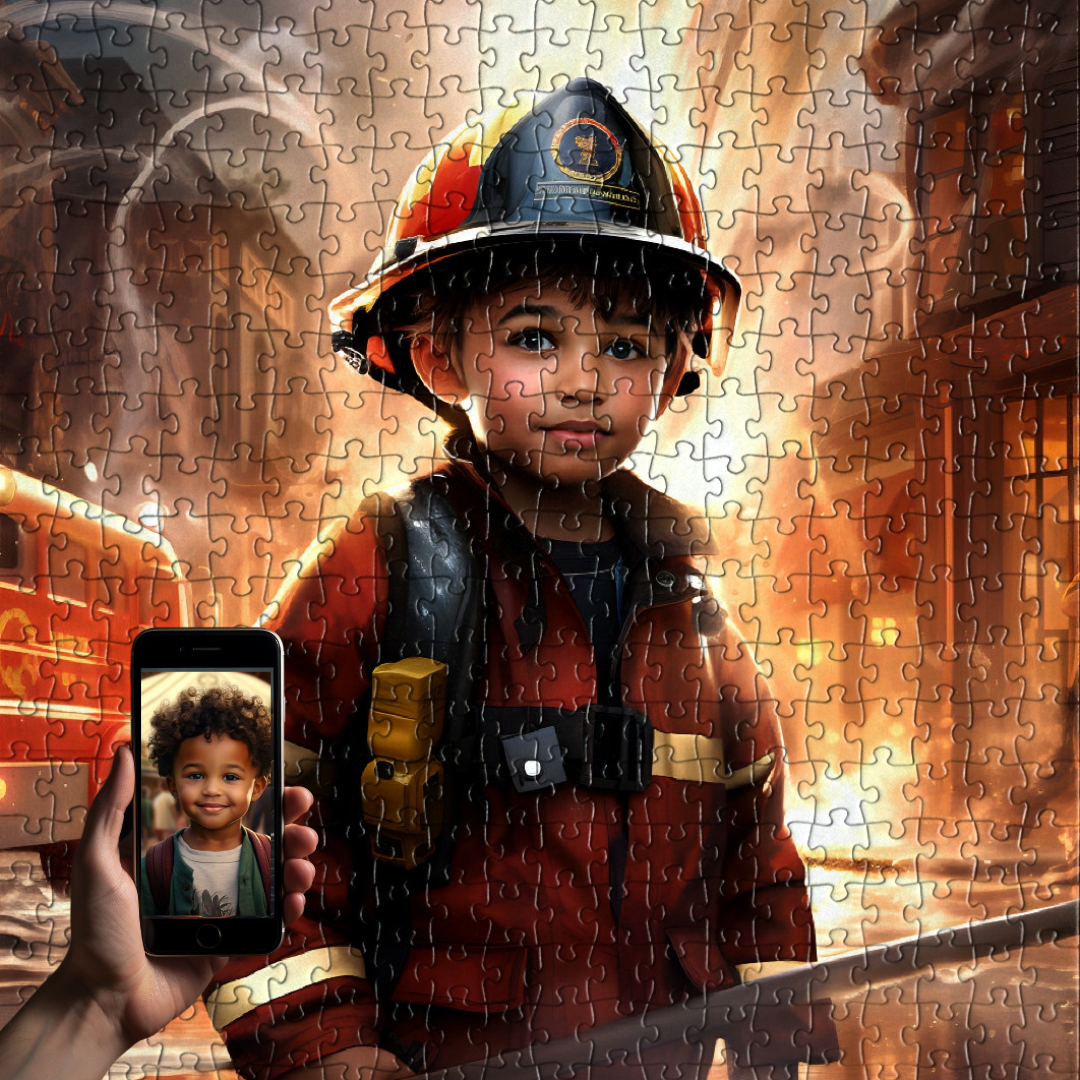
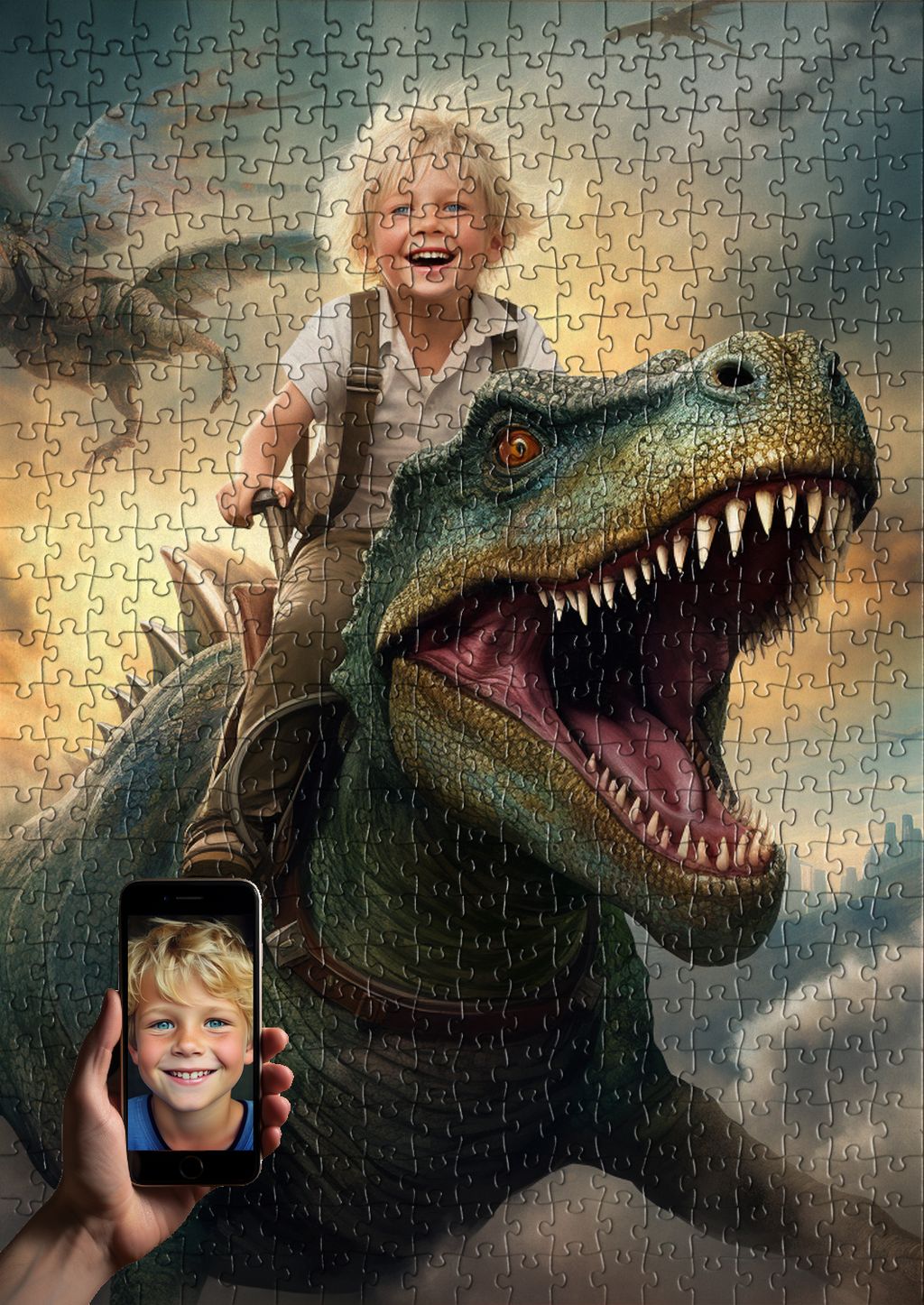
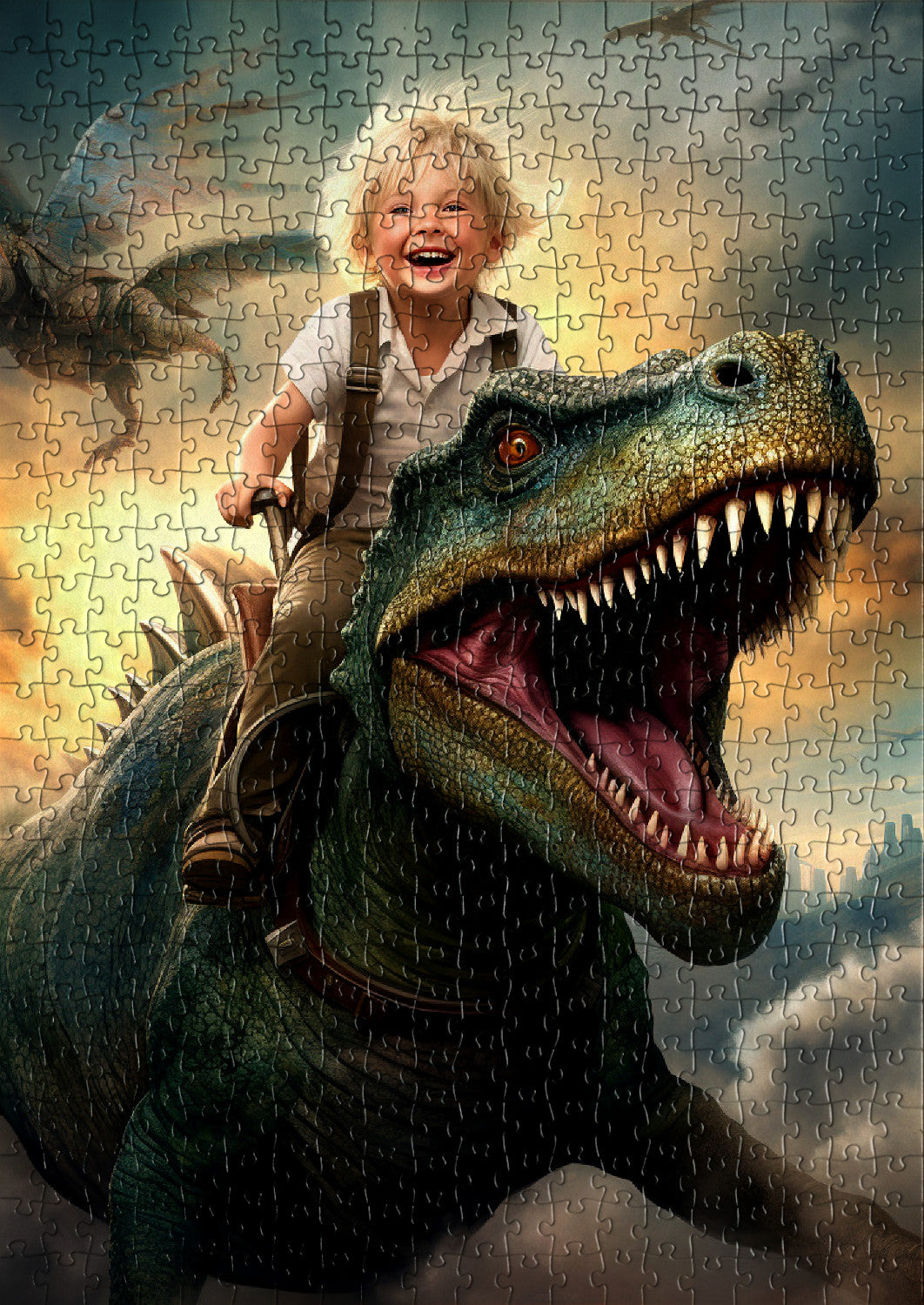
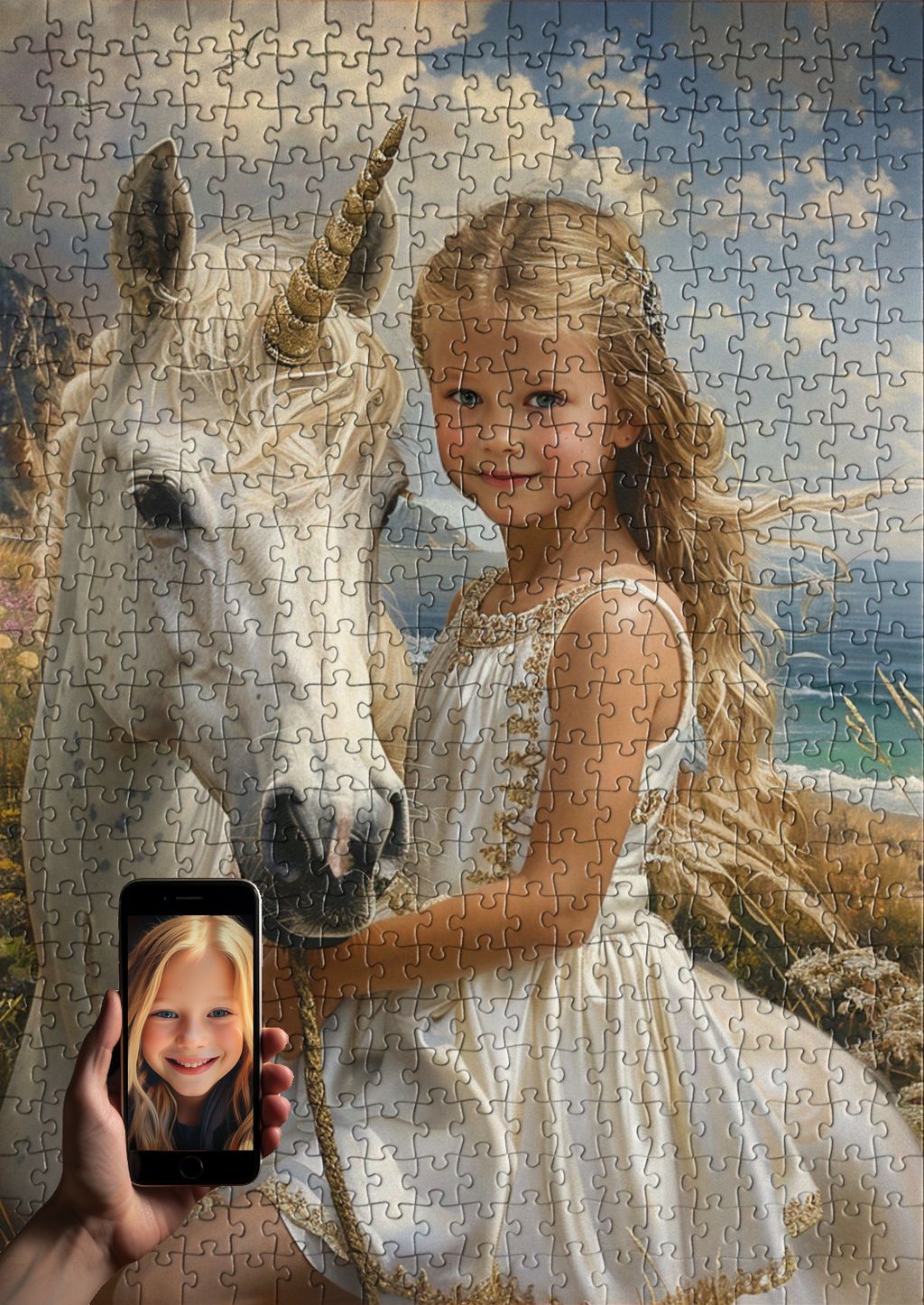
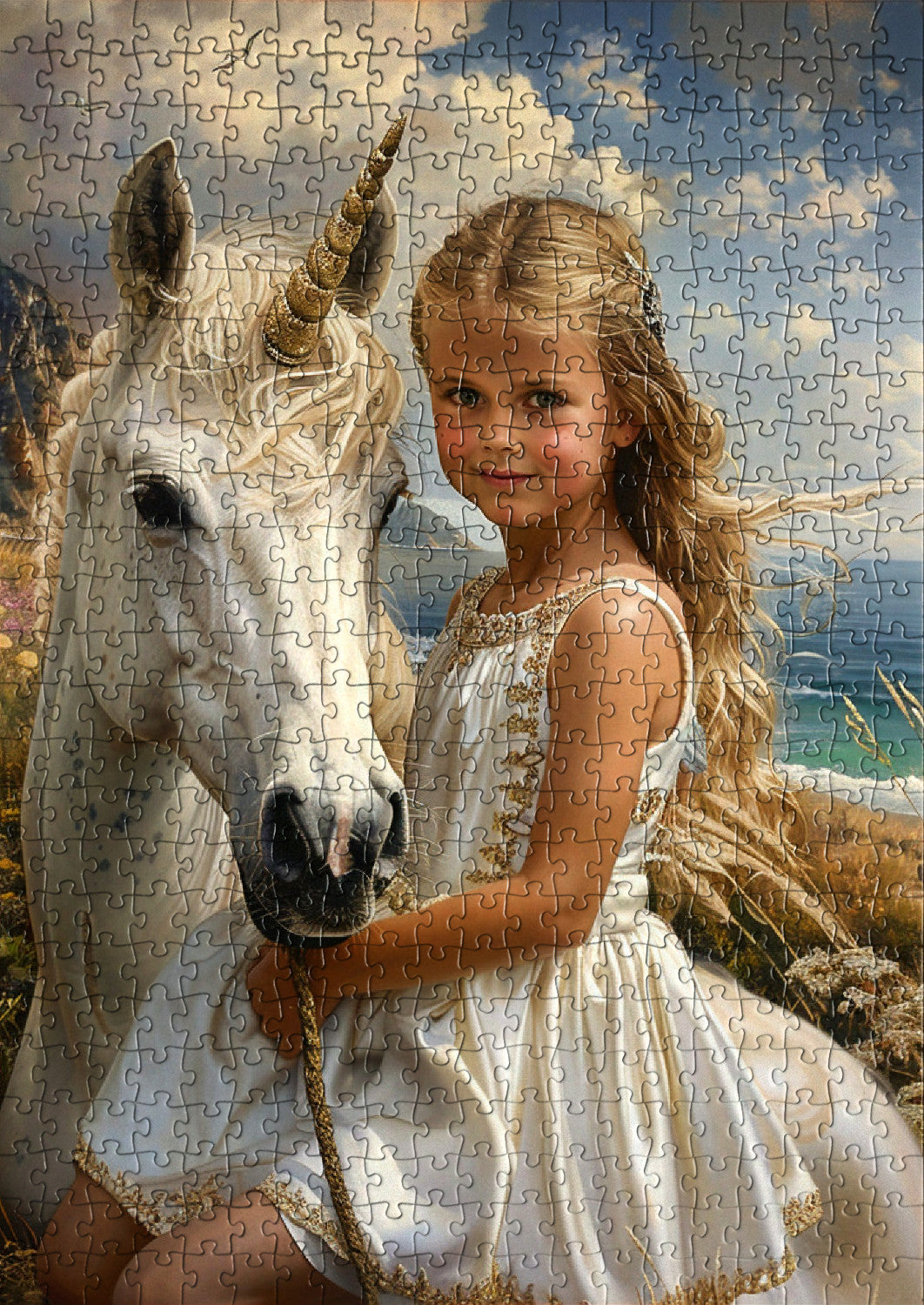


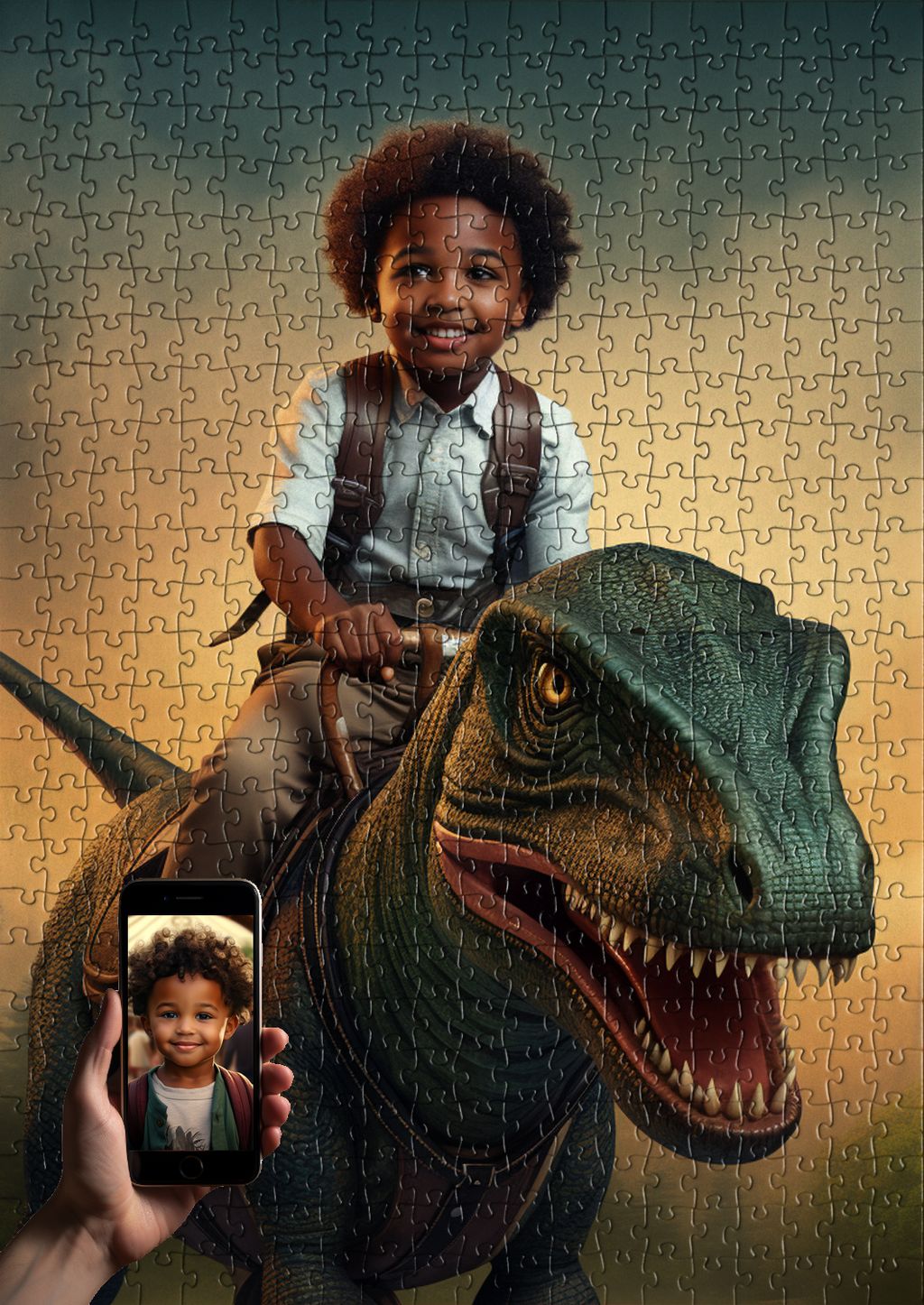
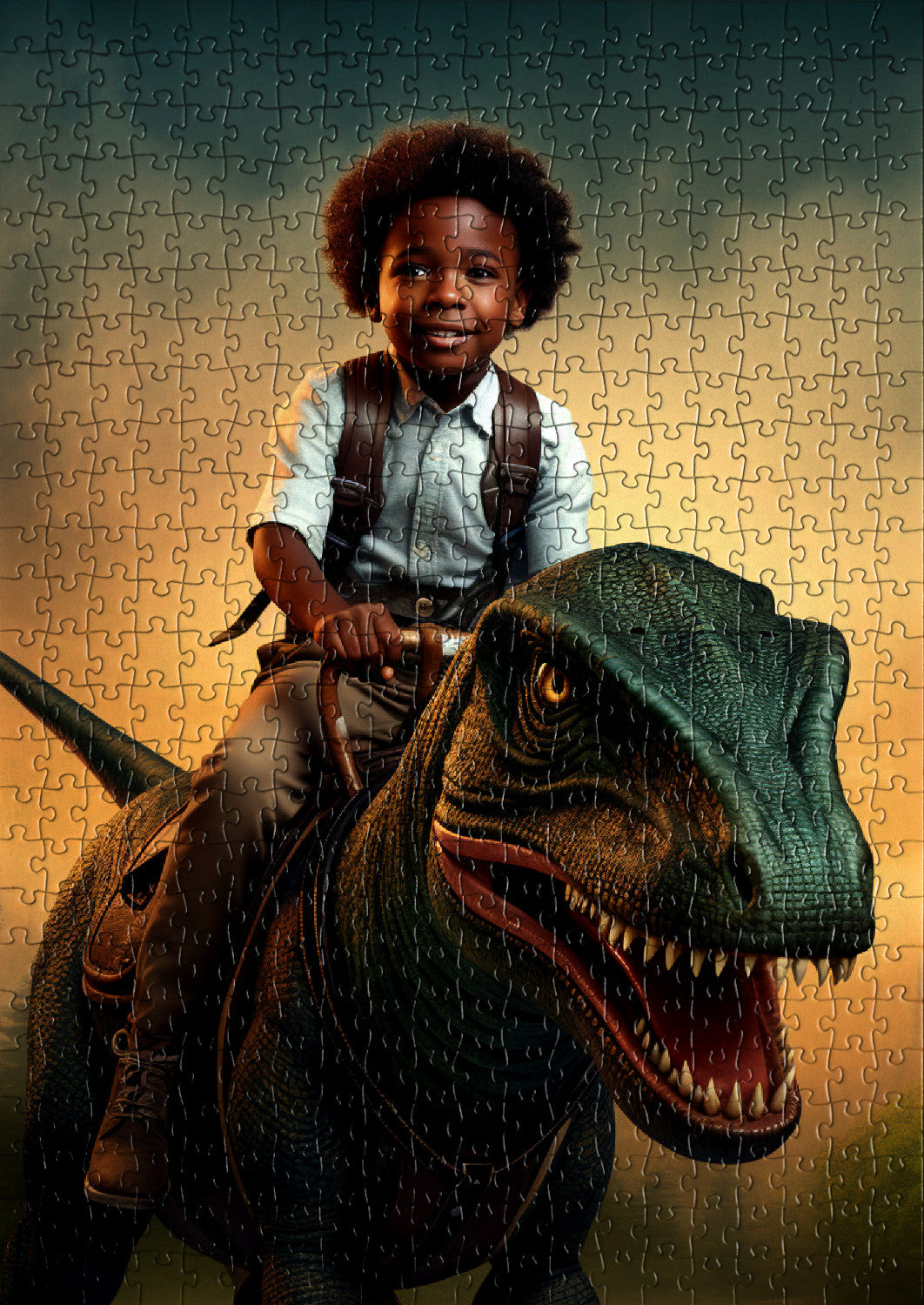



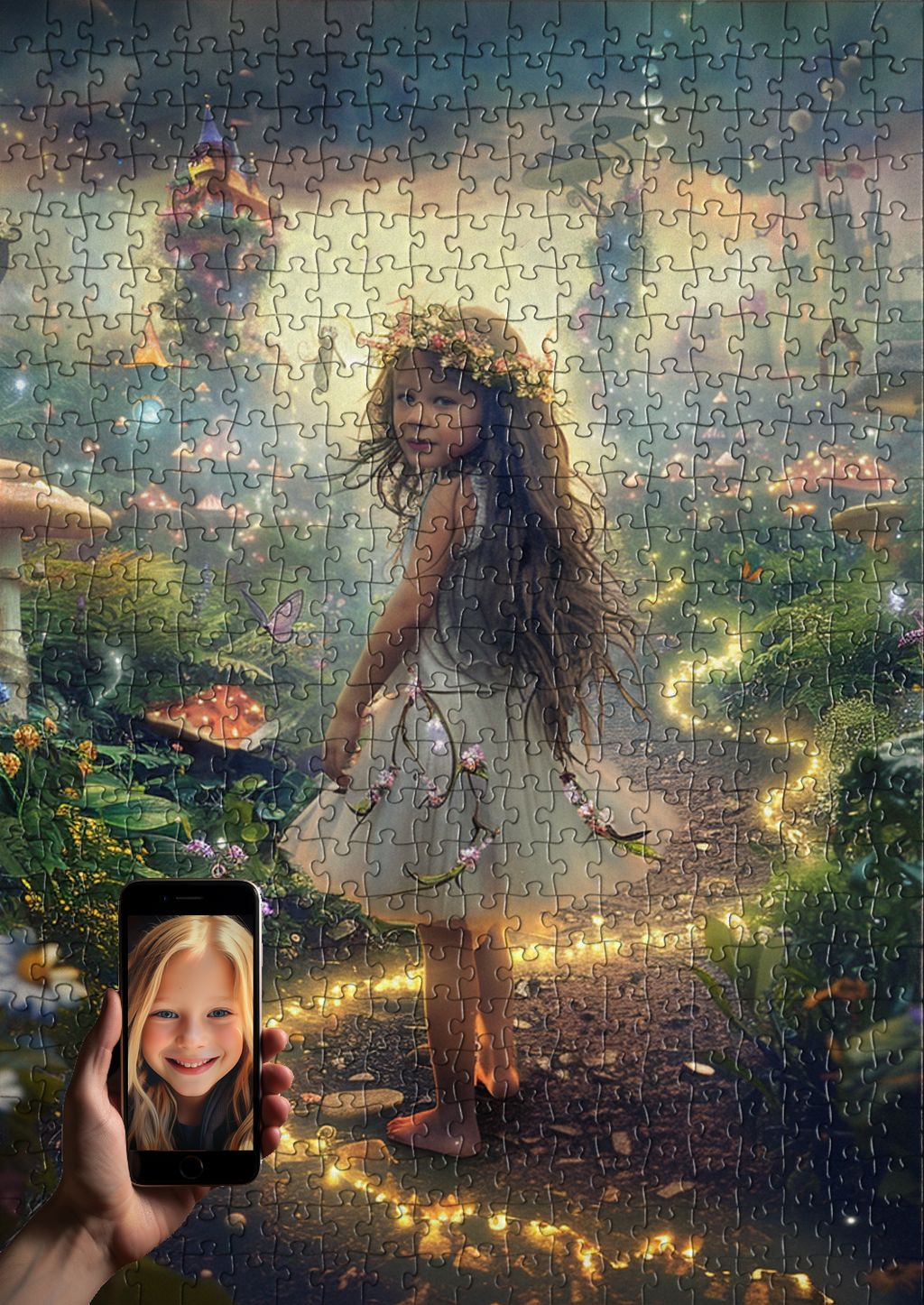
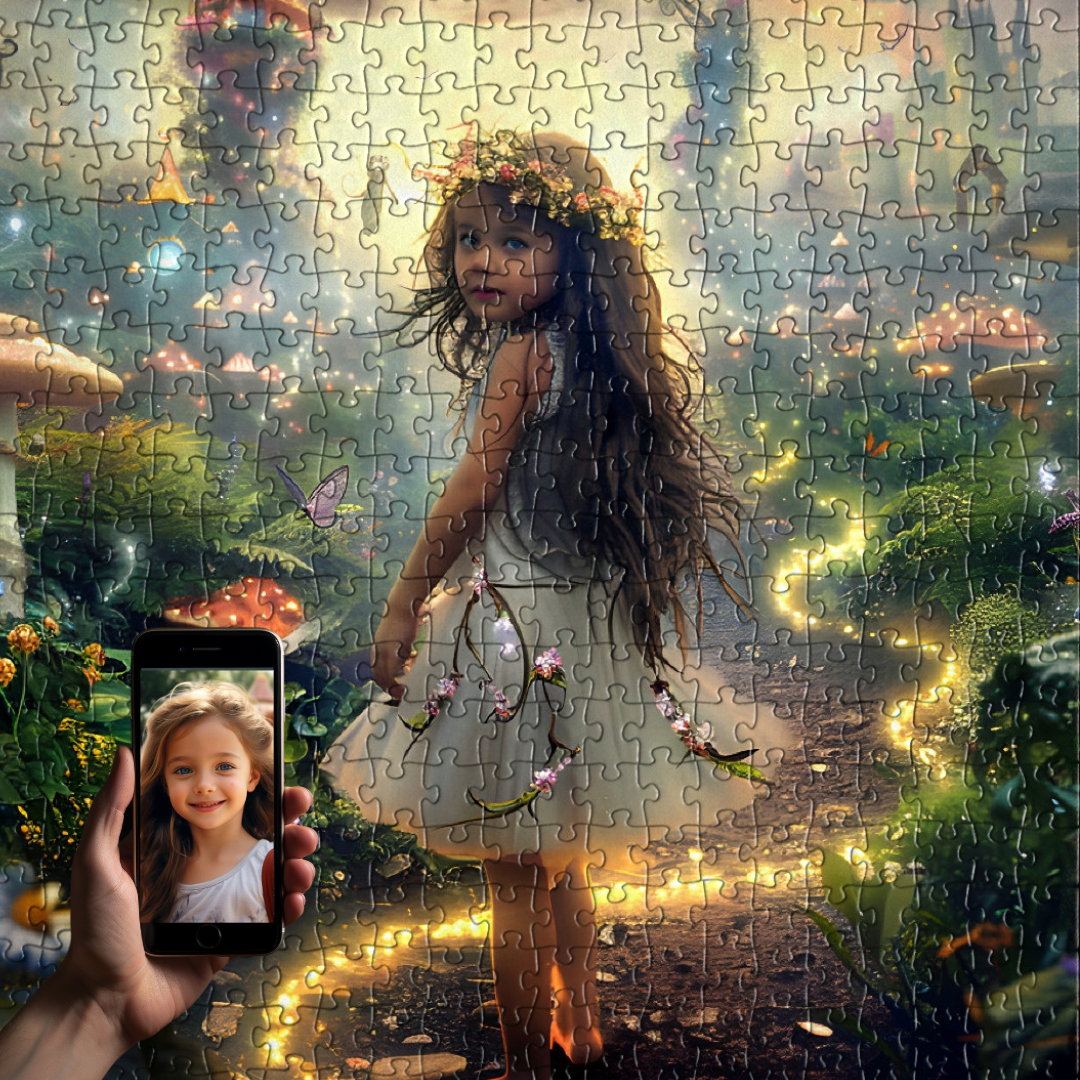
Share and get 15% off!
Simply share this product on one of the following social networks and you will unlock 15% off!